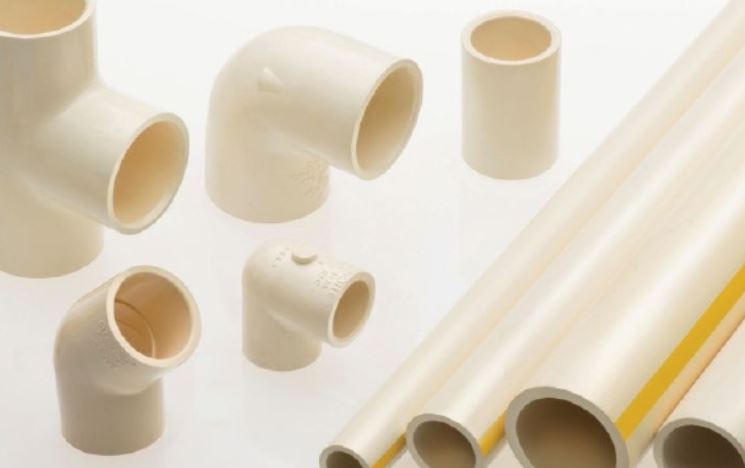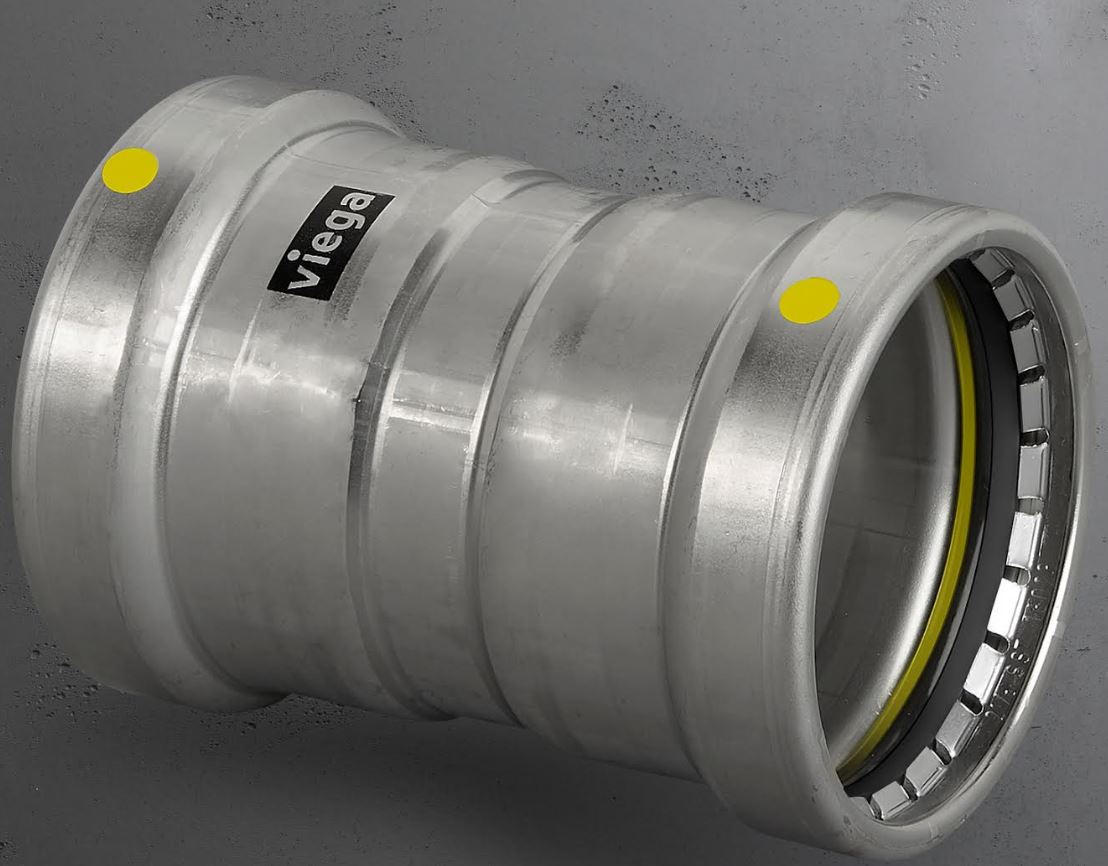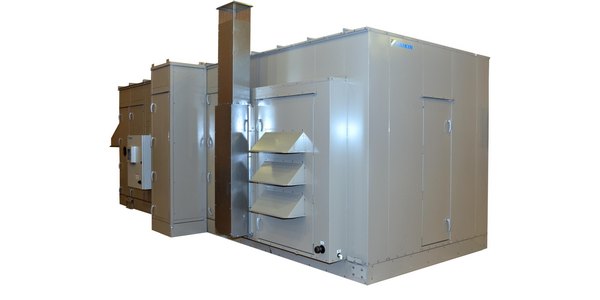New Technical Document Addresses Suitability of CPVC Piping Systems for Commercial Building Applications

Describes Advantages and Capabilities of CPVC Piping Systems
The Plastics Pipe Institute, Inc. has published a new guide related to the use of CPVC piping systems in commercial buildings. Available on PPI’s website, TN-62 “Suitability and Fitness of CPVC Piping Systems for Commercial Building Applications” describes material advantages and capabilities that should be considered when designing CPVC systems for commercial plumbing and mechanical systems.
Chlorinated polyvinyl chloride is a high-temperature plastic pressure piping material introduced for potable plumbing applications more than 60 years ago. CPVC tubing and pipe are sold in straight lengths and used with molded fittings. Advantages of CPVC piping systems include safety of potable water; resistance to corrosion, tuberculation and deposits; chlorine and chloramine resistance and toughness to survive jobsite installations. Another inherent advantage is that no flame is used for joining, since pipes and fittings are joined using solvent cement or mechanical joints, such as grooved fittings. This can help to prevent accidental fires during construction.
“PPI TN-62 describes how CPVC pipe and fitting systems are suitable for use in commercial applications, such as hot- and cold-water distribution, fire protection (13D, 13R and some light hazard NFPA 13 uses, when listed to UL 1821), chilled water and hydronic heating and cooling systems,” explained Lance MacNevin, P. Eng., director of engineering for PPI’s Building & Construction Division.
“Many people are not aware of the significant differences between PVC and CPVC piping materials. CPVC is polyvinyl chloride that has been chlorinated via a free radical chlorination reaction, initiated by ultraviolet light during the manufacturing process. The chlorine added to PVC gives CPVC higher temperature performance and improved fire and corrosion resistance. CPVC pressure pipe is a distinct material from PVC pressure pipe with additional capabilities, and is accepted in all model plumbing and mechanical codes for the plumbing and mechanical applications noted earlier.”
Topics discussed in the new PPI document include:
- CPVC material definition and properties
- Use in high-temperature applications
- Resistance to potable water disinfectants
- Use in mixed-material systems that contain copper materials and CPVC
- Design issues when using CPVC
Published on PPI’s website directly at https://plasticpipe.org/pdf/tn-62.pdf, TN-62 is one of several PPI documents related to the design and installation of pressure pipe materials, which are published as a service to the industry by PPI’s Building & Construction Division. Additional information about conduit for Building & Construction can be found online at https://plasticpipe.org/building-construction/index.html.




